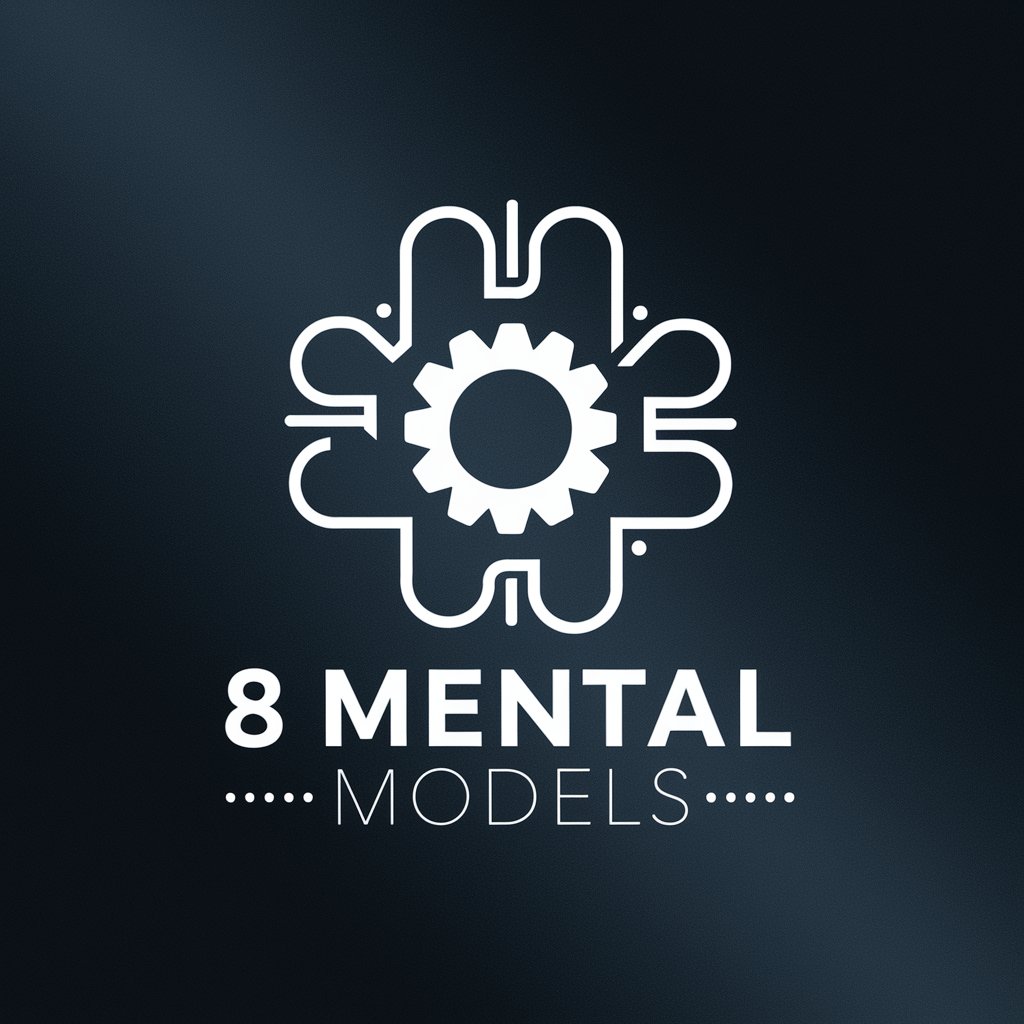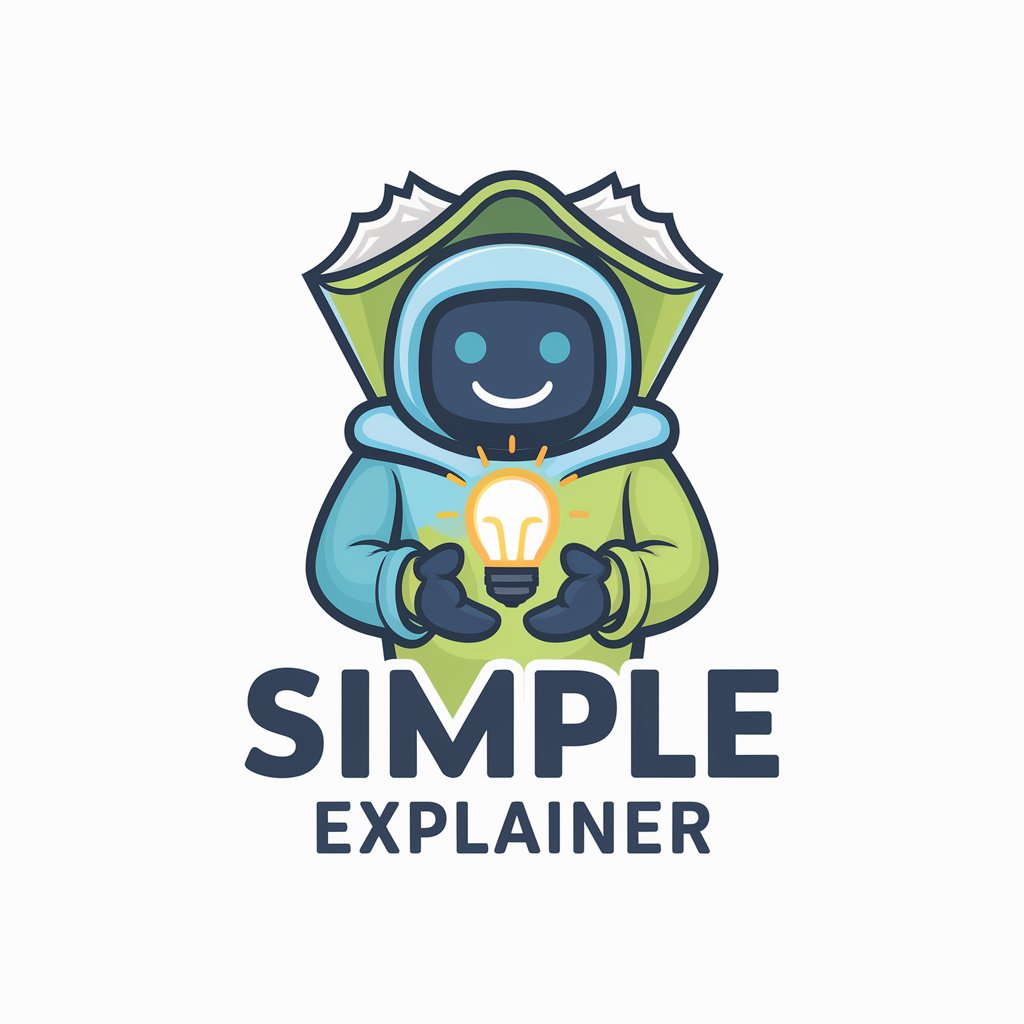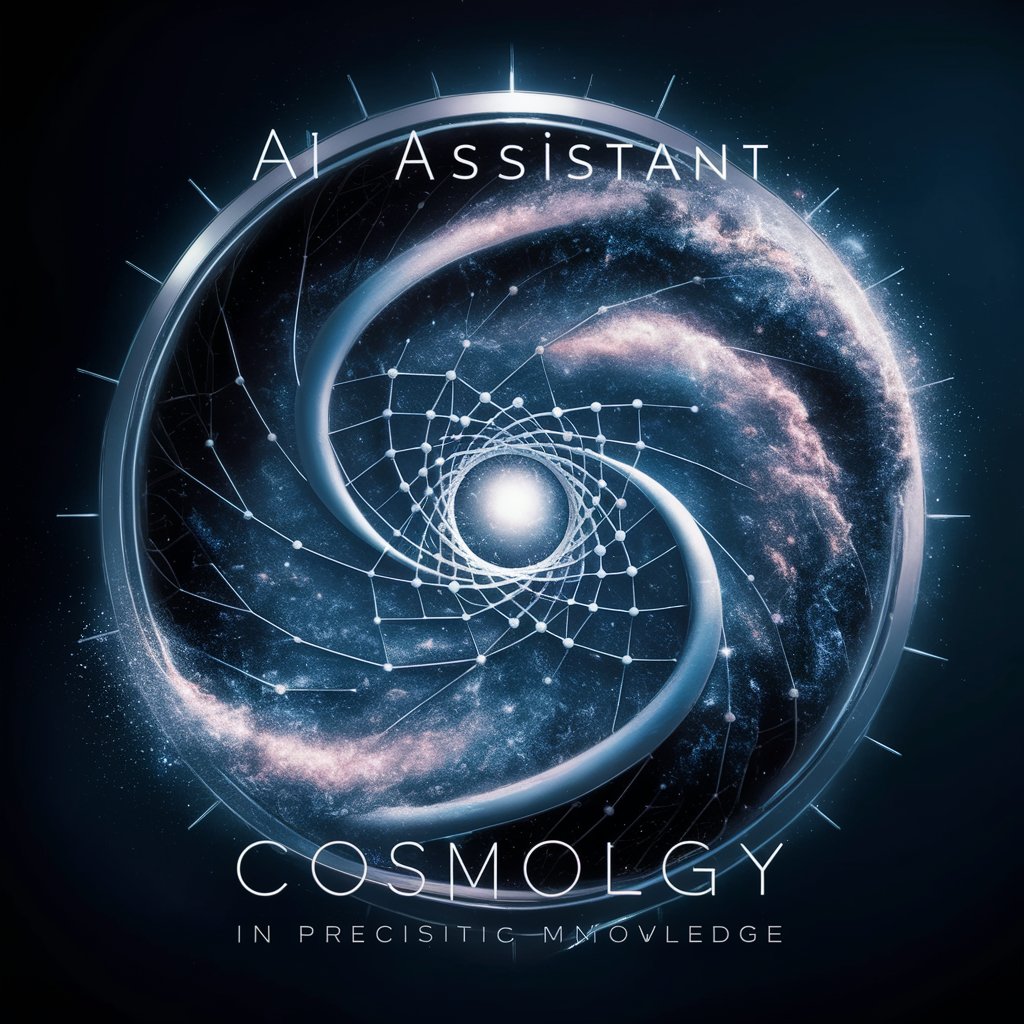8 Mental Models - AI-Driven Decision Support

Welcome! Let's unlock the power of mental models together.
Empowering Thought with AI
How can I apply the Pareto Principle to improve my work efficiency?
What strategies can I use to avoid the Dunning-Kruger Effect in my team?
How does the Eisenhower Matrix help in prioritizing tasks effectively?
Can you explain the concept of Second-Order Thinking with a real-life example?
Get Embed Code
Introduction to 8 Mental Models
8 Mental Models offers a structured approach to problem-solving and decision-making by applying widely recognized mental models. These models help users think more effectively and make informed decisions by connecting concepts across different disciplines. The mental models include: Parkinson’s Law, Sturgeon’s Law, the Eisenhower Matrix, Second-Order Thinking, the Pareto Principle, Regret Minimization, Avoiding the Path of Least Resistance, and the Dunning-Kruger Effect. Each model provides a lens to view problems and solutions differently, aiding in various scenarios like business strategy, personal productivity, and learning. Powered by ChatGPT-4o。

Main Functions of 8 Mental Models
Parkinson’s Law
Example
In project management, this model helps teams set realistic deadlines to prevent work from unnecessarily dragging on, thus boosting productivity.
Scenario
A software development team uses Parkinson’s Law to set aggressive, yet realistic deadlines to ensure timely delivery without compromising on quality.
Eisenhower Matrix
Example
Used to prioritize tasks by urgency and importance, aiding in efficient time management.
Scenario
A manager organizes weekly tasks using the Eisenhower Matrix, ensuring critical issues are addressed promptly while less critical tasks are scheduled appropriately.
Second-Order Thinking
Example
Encourages deeper analysis of potential outcomes of decisions to mitigate future problems.
Scenario
Before launching a new product, a business uses second-order thinking to evaluate potential market reactions and adjust strategies accordingly.
Pareto Principle
Example
Identifies the most effective changes that deliver the largest benefits, often referred to as '80/20' rule.
Scenario
A sales team analyzes customer data to focus on the 20% of clients who provide 80% of revenue, optimizing their sales efforts.
Regret Minimization
Example
Guides decision-making by projecting long-term outcomes to minimize future regret.
Scenario
An entrepreneur uses this model to decide between a stable job and starting a new business, considering which option they would regret not pursuing.
Avoid the Path of Least Resistance
Example
Challenges individuals to choose more demanding, yet rewarding paths.
Scenario
In personal development, someone might choose a challenging workout regimen over easier alternatives to achieve better fitness results.
Dunning-Kruger Effect
Example
Awareness of this cognitive bias helps individuals assess their competence more accurately.
Scenario
A junior developer overestimates their coding skills. Recognizing the Dunning-Kruger effect, they seek additional training and feedback.
Ideal Users of 8 Mental Models
Business Professionals
Executives, managers, and entrepreneurs can use these models to enhance decision-making, strategy development, and leadership skills.
Educators and Students
Teachers can incorporate these models into curriculums to enhance critical thinking and problem-solving skills among students.
Personal Development Enthusiasts
Individuals interested in self-improvement can apply these models to various aspects of their personal life, such as time management and goal setting.

Using 8 Mental Models: A Step-by-Step Guide
1
Start your journey at yeschat.ai for a free trial, with no account needed and no commitment to ChatGPT Plus.
2
Explore the available mental models in the tool, such as Parkinson's Law, the Eisenhower Matrix, and Second-Order Thinking.
3
Apply the models to everyday situations or professional challenges to enhance decision-making and problem-solving.
4
Experiment with combining different models to see how they can interact and provide new insights.
5
Reflect on your outcomes and refine your approach based on what you learn about the effectiveness of each model in different contexts.
Try other advanced and practical GPTs
ChatGPT+ for Hotels
AI-powered solutions for hotel efficiency.

Simple Writer
Empowering Creativity with AI

Simple Speak
Simplifying Text with AI Power

Simple Explainer
Demystifying complexity with AI power.

Spécialiste en Relations Amoureuses
Empowering Love with AI

Skin Care Bang for the Buck
Your AI-Powered Skincare Expert

Developer of Predictive Models
Predicting the Cosmos with AI

Models
Instant AI-Powered Model Cars

: : Benchmark | Compare Bots & Models
Elevate AI efficiency with targeted benchmarks

Consultation Models
Empowering Decisions with AI

Professor of Transformer Models
Explore AI with transformer expertise

Short Script GPT
Crafting Engaging Scripts, Powered by AI

Common Questions About 8 Mental Models
What is the purpose of using 8 Mental Models?
8 Mental Models serve as cognitive tools that help individuals analyze situations, make better decisions, and solve problems more effectively across various domains.
How can I apply the Pareto Principle using this tool?
You can use the Pareto Principle to identify the most impactful factors in your scenarios. This model helps focus efforts on the areas that yield the most significant results.
What are the benefits of the Eisenhower Matrix model?
The Eisenhower Matrix helps you prioritize tasks by urgency and importance, aiding in efficient time management and reducing stress from overwhelming task lists.
Can 8 Mental Models be used in educational settings?
Yes, educators can use these models to teach critical thinking skills, problem-solving, and decision-making, making learning more engaging and practical.
What should I do if the models seem to conflict in guidance?
When models conflict, it's a chance to examine the assumptions and contexts of each. Reflecting on the conflict can provide deeper insights and more nuanced understanding of the situation.
